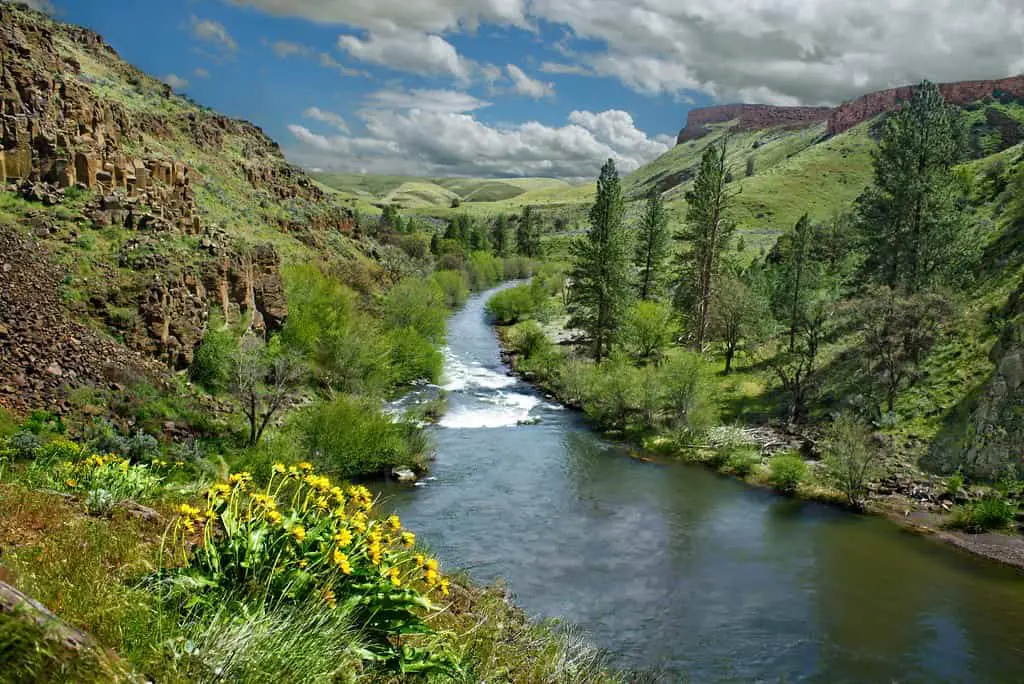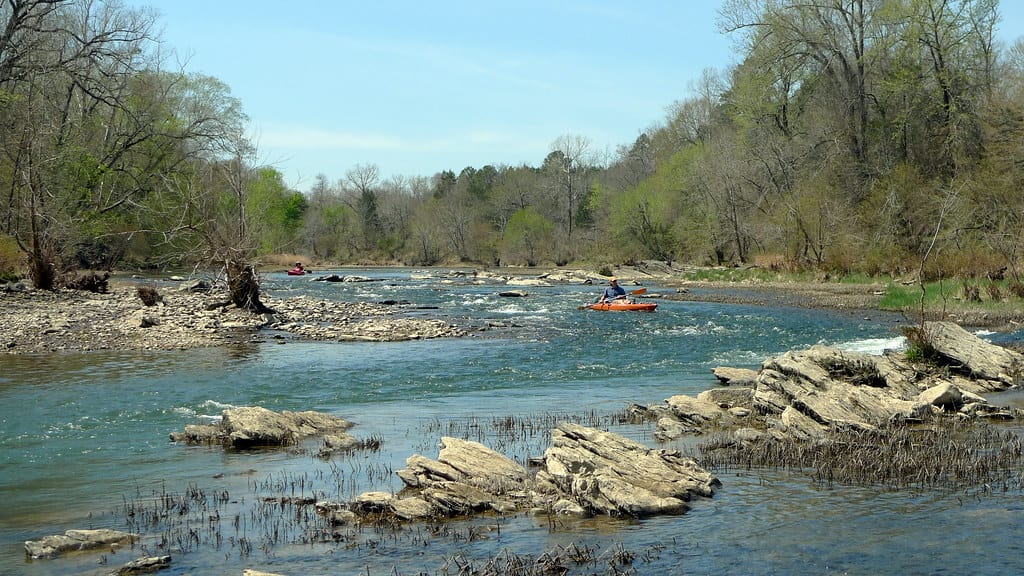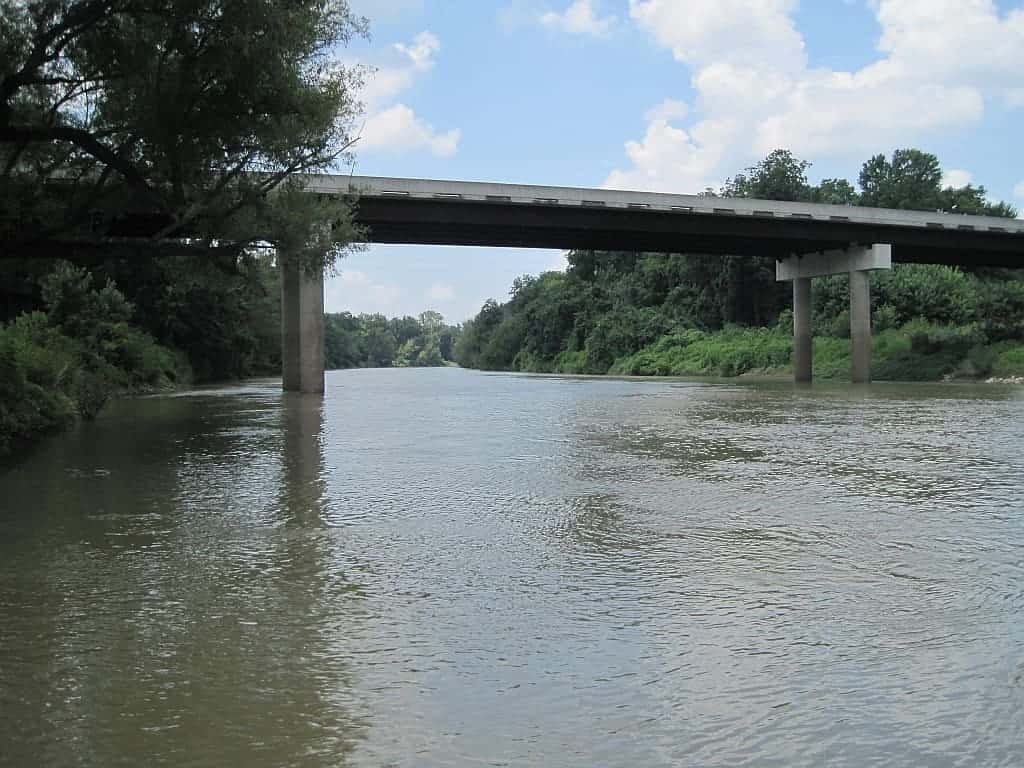Several rivers flow through Arkansas, including the Arkansas, White, Ouachita, and St. Francis rivers. There are also tributaries, such as the Bayou Bartholomew.
Arkansas is home to some rivers making it an ideal place for family vacations or weekend getaways. The Arkansas Department of Parks and Tourism has preserved eleven rivers across the state. Each river varies in size, shape, and the experiences that they offer. Whether you are a kayaker, canoer, hiker looking for a short trail, or someone who wants to fish, you will find the perfect river.
Arkansas River
Located in the United States, Arkansas is called "The Natural State." Its nickname comes from the fact that there are more than 90000 miles of rivers, streams, and ponds in the state. There are also four significant lakes in Arkansas: Beaver Lake, Lake Chicot, Norfork, and Lake Dardanelle.
In addition to its water-rich habitat, Arkansas is home to many natural and man-made attractions. Arkansas's rivers offer scenic views, wildlife, and fun outdoor activities like boating and fishing.
The Arkansas river and the other main Arkansas rivers have been used for transportation for many centuries. The early settlers built settlements along the rivers, laying the foundations for the state we know today.
The Arkansas River is a major tributary to the Mississippi River. It flows through the state, dividing it into three distinct sections: North, Southeast, and East.
White River
During the mid-19th century, the White River was one of the leading transportation facilities for Arkansas farmers. It was used to transport crops to markets in Memphis and New Orleans. In addition, it was a transportation route for travelers between frontier settlements and river towns.
The White River has tributaries that flow from the north, including the Cache River. These tributaries flood the areas in Clay County and Lawrence County. The river was also used for transportation by keelboats. This early form of transportation required manpower to move upriver.
In the late 1700s, the Cherokee people built settlements along the White River. The Osage people also lived along the river in northern Arkansas and Missouri. They built homes and trade routes along the river.
In the 1940s, construction began on the White River dams. These dams hold back the river, creating manmade lakes. The four major dams in Arkansas were completed in the 1960s.
Ouachita River
Located in West-Central Arkansas, the Ouachita River is a mountain stream that begins in the Ouachita Mountains and flows south through Louisiana and Arkansas. It is a vital artery for the Mississippi Flyway and is also home to many wildlife species. The river is protected by five Locks & Dams.
The upper portion of the Ouachita River flows through Ouachita National Forest. The river also provides recreational opportunities for a large number of residents. The river is an excellent place to watch for migratory waterfowl and Neotropical migrants. The river also has extensive wetlands.
The Ouachita River is also home to several species of native fish. These include black bass, bream, gar, and rainbow trout. There is also the Ouachita darter, a fish only found in the upper portion of the river. This fish is not found anywhere else in the world.
St. Francis River
The St. Francis River is a Class IV river located in southeastern Missouri and northeastern Arkansas. The river stretches 207 miles from Iron County in Southeast Missouri to its confluence with the Mississippi River just north of Helena, Missouri. The river's origins were probably in the time of French Jesuit missionary and explorer St. Francis of Assisi.
The upper section of the river flows quickly through the rugged upper portion of the Ozark Plateau. The river flows through the moderately sloped Salem Plateau in the lower section. The river's upper section is a Class III river. Its tributaries include Big Creek, Mingo Ditch, and Saline Creek.
The lower subbasin is composed of an alluvial plain topped with unconsolidated gravel. Wappapello Dam primarily controls the lower subbasin.
The upper subbasin is classified for whole-body contact recreation, except for a 3.2-mile stretch of river. This section of the river is classified for recreational fishing. Some of the best fish in this section include largemouth bass, spotted bass, and white bass.
Bayou Bartholomew
Located in Louisiana and Arkansas, Bayou Bartholomew is the longest bayou in the world. It is also considered a national treasure and a haven for waterfowl, fish, and other wildlife. It is home to over 100 fish species and a good fishing spot for crappie and bream.
The bayou is a tributary of the Ouachita River and begins near Pine Bluff, Arkansas. It meanders for 359 miles before forming a junction with the Ouachita River near Sterlington, Louisiana.
Bayou Bartholomew is one of the few streams in the southeast that are not impounded. However, it has suffered from logjams and sediment levels. The water level can fluctuate by as much as 30 feet between drought and flood events.
The bayou is home to more than 17 species of fish and is considered one of the state's best places to view catfish. It also is a haven for waterfowl and basking turtles.
-
How Indian Mall in Jonesboro, AR, Went From Shopping Landmark to Redeveloped Site
Indian Mall Beginnings and Early Vision October 1967 marked the quiet beginning of something big for Jonesboro. A few storefronts opened early inside a still-unfinished complex on Caraway Road: Sears, Blass, and the five-and-dime TG&Y among them. The idea of an enclosed, air-conditioned shopping center was still new to Arkansas, but the crowds came anyway,…
-
The Untold 150-Year Story of the Arlington Hotel in Hot Springs, AR
Ghosts in the Marble Ask someone about Hot Springs, Arkansas, and the name Arlington Hotel slips into the conversation as if it's always belonged there. Its lobby hums with old stories, and the marble underfoot has seen everything from velvet dresses to suitcases with racing stubs tucked inside. People say the air feels thick with…
-
A Real Look at Things to Do in Fayetteville, Arkansas
Why Fayetteville Works for Free Time There's something about Fayetteville that slows the clock down, without making it feel like nothing's happening. You can walk a trail at 8 a.m., listen to live music before lunch, and be deep in aviation history by afternoon. Whether you're looking for clear air, green space, or a quiet…
-
Inside the Wild History of Crescent Hotel, Eureka Springs, AR
The Last Grand Hotel on the Hill They built it for the millionaires. The Crescent Hotel opened in 1886, perched high over Eureka Springs, Arkansas, where fresh air, high ceilings, and natural springs were supposed to fix what ailed you. But something else happened. The plans got too big, the investors lost steam, and the…
-
What's Hiding in Arkansas? These Creepy Stories Will Give You Chills
Whispers in the Dark: Arkansas' Most Haunting Legends Arkansas has always had a way of holding onto its stories. Some are written in history books, tied to the Civil War or frontier days, while others live on in whispers, passed from one generation to the next. These are the stories that creep into quiet conversations,…
-
Park Plaza Mall in Little Rock, AR: From Foreclosure to Revitalization
Origins and Early Development (1960-1980s) Park Plaza Mall started its journey in 1960 as Little Rock's first major shopping center, initially known as Park Plaza Shopping Center. Located on West Markham Street, it was an open-air facility, which was a bit of a novelty at the time. The complex wasn't just for shopping - it…





